Pisa Territorial Unit
INSTRUMENTS
Instruments for samples preparation consist of:
- extractor fan ATSFAAR for the treating of samples with water and in need H2O2
- Heraeus oven for the drying of the samples, hot plates, UV lamp, agate mortar, sieves set.
Instruments for sample analysis and photographic documentation of fossils include:
- Leitz LABORLUX 12 POL polarising microscope transmitted
- Leitz ORTHOPLAN polarising microscope with XPL illumination
- trinocular stereomicroscope OPTECH - SLT DUAL, Leica D-LUX digital camera.
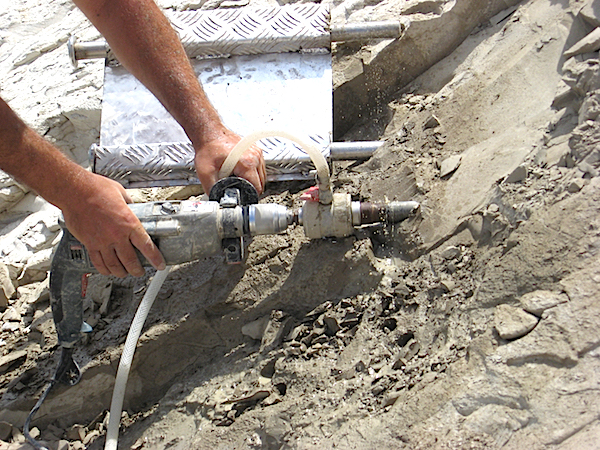
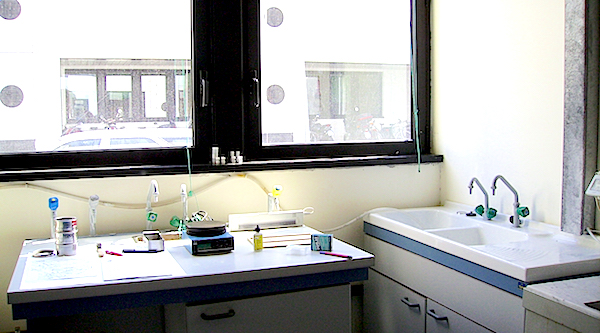
METHODS AND APPLICATIONS
Sampling, preparation and studying techniques use the standard methods adopted for micropaleontology and are different for the diverse kind of microfossils investigated.
- Study of calcareous nannofossil assemblages consists in collecting tiny fragments of rock (about 3 cm3), preparing them as smear-slides and observing under optical polarizing microscope, both in cross and transmitted light, at 1250 magnification.
- Ostracods are extracted from disaggregated rocks (about 250 g) that are washed with H2O2, dried and analysed for the picking and observation of the species through a reflected and transmitted light microscope at 100 magnification.
- Data collected with quantitative and semi-quantitative methods prove to be a reliable and consistent dating tool, moreover allow observations on environment and climate changes.
The Micropaleontology Lab’s activity is precious for solving geological problems, in the Earth’s natural resource exploration, and for paleoclimatic studies.
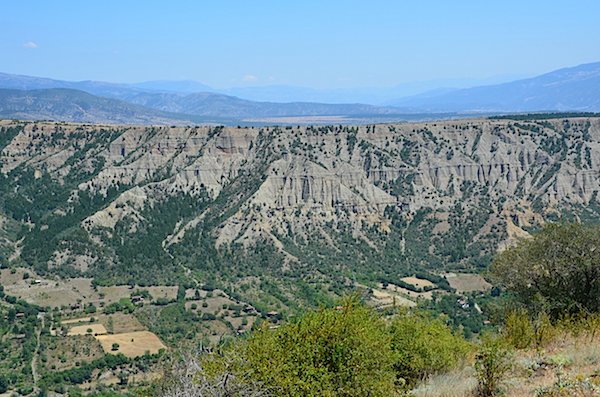
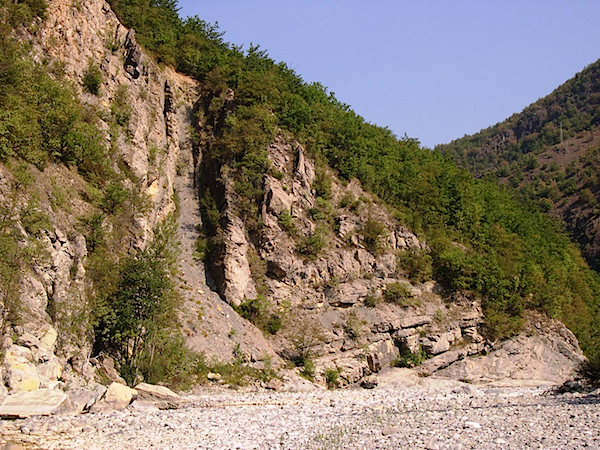
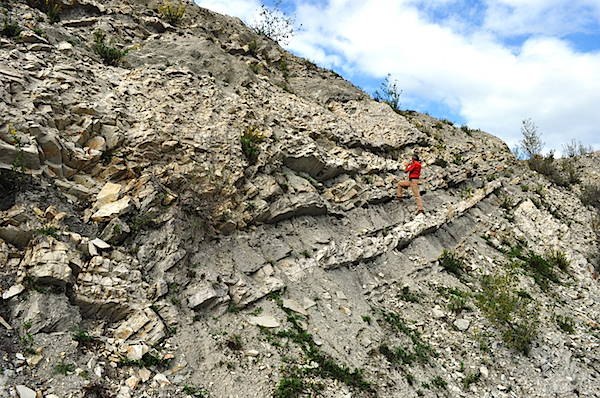
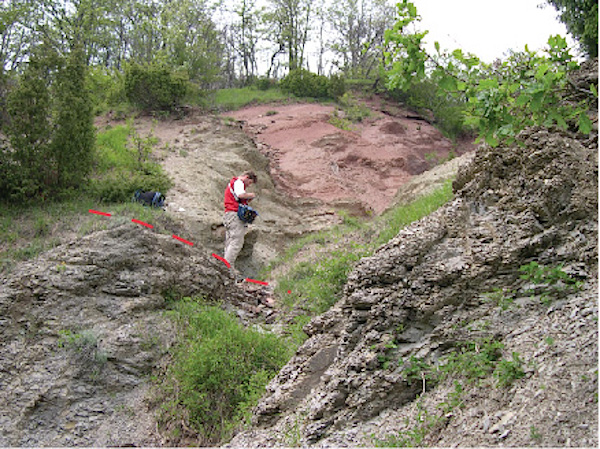
PROJECTS
Recently the Micro-Lab attends at the implementation of the “Micropaleontology Database” of Tuscan Region, and is involved in the Neo-Tethys e PALIS (Paleogene Integrated Stratigraphy). In the last years was involved in the Programma di Ricerca Scientifica di Rilevante Interesse Nazionale PRIN 2008 with the Research Unit of Pisa and PRIN 2010-2011 with the Research Unit of Padova. Moreover Micro-Lab have taken part to the project for the construction of the new geological map of Italy scale 1:50.000 (Project CARG)
SCIENTIFIC INTERESTS
Laboratory’s main scientific interests include biostratigraphic studies of sediments coming from different geological contests such as the sedimentary cover of Paleotethyan ophiolitic sequences, and the sedimentary successions outcropping in the Mediterranean and circum-Mediterranean orogenic belts; definition of biostratigraphic framework for the Cenozoic; analysis of the paleoclimatic significance of the calcareous nannoplancton and the response of calcareous nannoplancton to hyperthermals during the Paleogene. The Micropaleontology Laboratory is also interested in the stratigraphic reconstruction of Tuscan subsoil aimed to define the geometries of significant groundwaters. Moreover, in the laboratory, studies on biostratigraphy, ciclostratigraphy, paleoenvironment and paleobatimetry of Neogenic-Quaternary costal sediments have been carried out for a long time.
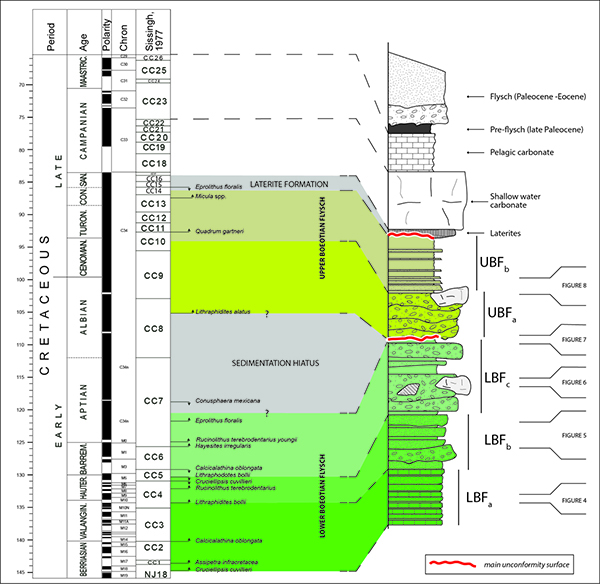
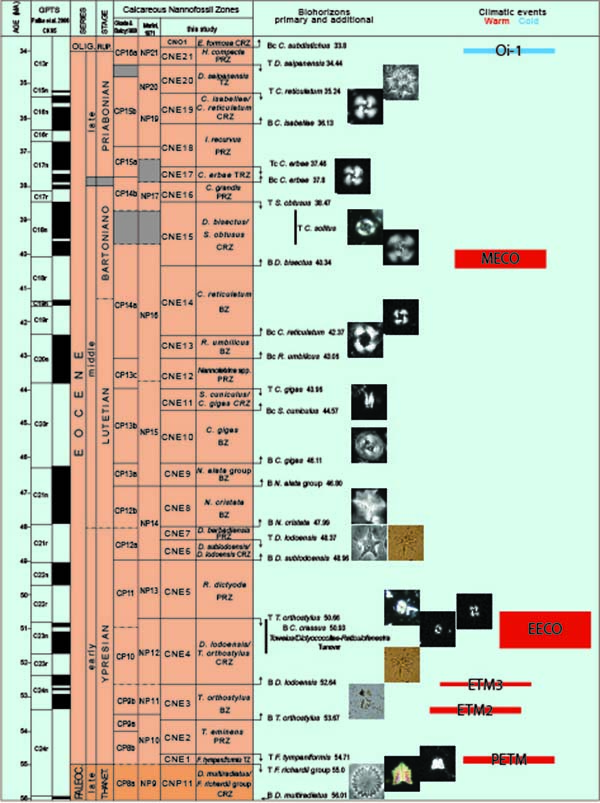
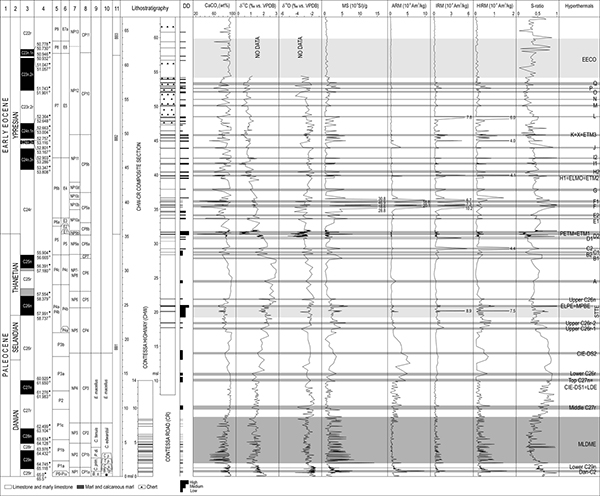
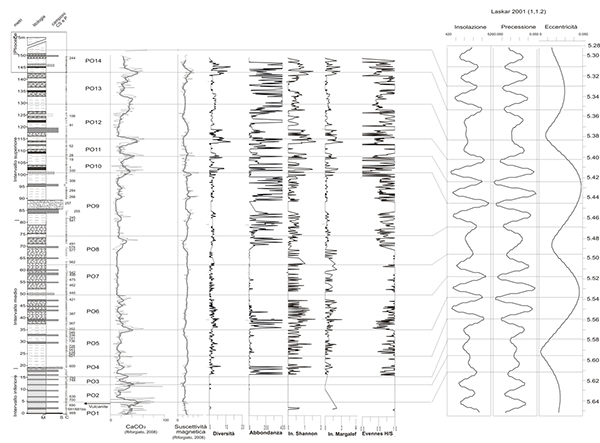
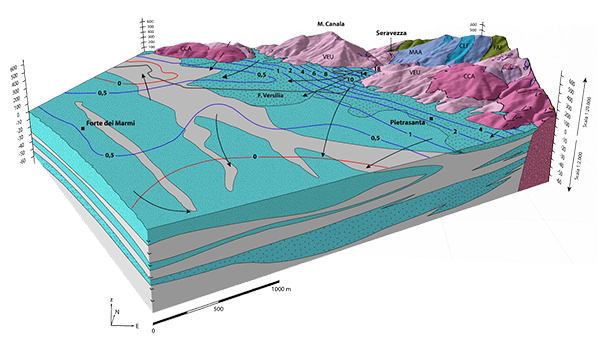
PUBLICATIONS
- Ellero A., Ottria G., Sayit K., Catanzariti R., Frassi C., Göncüoğlu M. C., Marroni M., Pandolfi L. 2015. Geological and geochemical evidence for a Late Cretaceous continental arc in the central Pontides, northern Turkey. Ofioliti. 40, 73-90.
- Nirta G., Moratti G., Piccardi L., Montanari D., Catanzariti R., Carras N., Papini M. 2015. The Boeotian flysch revisited: new constraints on ophiolite obduction in central Greece. Ofioliti. 40, 107-123.
- Catanzariti R., Perilli N. 2015. Calcareous nannofossil biostratigraphy of Paleocene to middle Eocene successions (Tertiary Flysch Auctt.) of the Northern Apennines. Rivista Italiana di Paleontologia e Stratigrafia. 121, 195-215.
- Chiarenza A.A., Foffa D., Young M.T., Insacco G., Cau A., Carnevale G., Catanzariti R. 2015. The youngest record of metriorhynchid crocodylomorphs, with implications for the extinction of Thalattosuchia. Cretaceous Research. 56, 608-616.
- Agnini C., Fornaciari E., Raffi I., Catanzariti R., Heiko P., Backman J., Rio D. 2014. Biozonation and biochronology of Paleogene calcareous nannofossils from low and middle latitudes. Newsletters on Stratigraphy. 47, 131-181.
- Catanzariti R., Gatt M. 2014. Calcareous nannofossil biostratigraphy from the middle/late Miocene of Malta and Gozo (Central Mediterranean). Stratigraphy, 11, 303-336.
- Goncuoglu M. C., Marroni M., Pandolfi L., Ellero A., Ottria G., Catanzariti R., Tekin U. K., Sayit K. 2014. The Arkot Dag˘ Melange in Arac area, central Turkey: Evidence of its origin within the geodynamic evolution of the Intra-Pontide suture zone. Journal of Asian Earth Sciences. 85, 117–139.
- Savian J.F., Jovane L., Frontalini F., Trindade R. I.F., Coccioni R., Bohaty S. M., Wilson P. A., Florindo F., Roberts A. P., Catanzariti R., Iacoviello F. 2014. Enhanced primary productivity and magnetotactic bacterial production in response to middle Eocene warming in the Neo-Tethys Ocean. Palaeogeography, Palaeoclimatology, Palaeoecology. 414, 32-45.
- Catanzariti R., Ellero A., Goncuoglu M.C., Marroni M., Ottria G., Pandolfi L. 2013. The Tarakli Flysch in the Boyali area (Sakarya Terrane, northern Turkey): Implications for the tectonic history of the IntraPontide suture zone. Comptes rendus. Géoscience. 345, 454-461.
- Bini M., Brückner H., Cellic A., Pappalardo M., Da Prato S., Gervasini L. (2012) Palaeogeographies of the Magra Valley coastal plain to constrain the location of the Roman harbour of Luna (NW Italy). Palaeogeography, Palaeoclimatology, Palaeoecology, 37–51, 337–338,.
- Coccioni R., Bancala' G., Catanzariti R., Fornaciari E., Frontalini F., Giusberti L., Jovane L., Luciani V, Savian J., Sprovieri M. (2012) An integrated stratigraphic record of the Palaeocene–lower Eocene at Gubbio (Italy): new insights into the early Palaeogene hyperthermals and carbon isotope excursions. Terra Nova, 24, 380-386.
- Coccioni R., Sideri M., Bancala' G., Catanzariti R., Frontalini F., Jovane L., Montanari A., Savian J. (2012) Integrated stratigraphy (magneto-, bio- and chronostratigraphy) and geochronology of the Palaeogene pelagic succession of the Umbria–Marche Basin (central Italy). Geological Society, London, Special Publications. Doi: 10.1144/SP373.4.
- Perotti E., Bertok C., d'Atri A., Martire L., Piana F., Catanzariti R. ( 2012) A tectonically-induced Eocene sedimentary mélange in the West Ligurian Alps, Italy. Tectonophysics 568–569, 200-214.
- Bianucci G., Gatt M., Catanzariti R., Sorbi S., Bonavia C., Curmi R., Varola A. (2011) Systematic biostratigraphy and evolutionary pattern of the oligo-miocene marine mammals from the Maltese islands. Geobios, 44 (6), 549-585.
- Catanzariti R. & Perilli N. (2011) Chronostratigraphic framework of the External Ligurian Units (Late Cretaceous, Northern Apennines, Italy) based on calcareous nannofossils. Ofioliti, 36 (1), 37-57.
- Fornaciari E., Agnini C., Catanzariti R., Rio D., Bolla E.M., Valvasoni E. (2010) Mid-Latitude calcareous nannofossil biostratigraphy and biochronology across the middle to late Eocene transition. Stratigraphy, 7 (4), 229-264.
- Bini M., Sarti G., Da Prato S., Fabiani F., Paribeni E., Baroni C. (2009) Geoarcheological evidences of changes in the coastline progradation rate of the Versilia coastal plain between Camaiore and Viareggio (Tuscany, Italy): possible relationships with Late Holocene high-frequency transgressive regressive cycles. Il Quaternario, Italian Journal of Quaternary Sciences 22 (2), 257-266.
- Catanzariti R. & Perilli N. (2009) Calcareous nannofossils: the key to revealing the relations between the Macigno and Monte Modino sandstone, two widespread clastic wedges of the Northern Apennines. Rivista Italiana di Paleontologia e Stratigrafia, 115, 233-252.
- Catanzariti R., Cerrina Feroni A., Ottria G., Levi N. (2009) The contribution of calcareous nannofossil biostratigraphy in solving geological problems: the example of the Oligocene-Miocene foredeep of the Northern Apennines (Italy). In Demchuk T.D. & Gary A.C. (eds) Geologic Problem Solving with Microfossils, Society for Sedimentary Geology Spec. Pub., 309-321.
- Catanzariti R., Ellero A., Levi N., Ottria G., Pandolfi L. (2007) Calcareous nannofossil biostratigraphy of the Antola Unit succession (Northern Apennines, Italy): new age constraints for the Late Cretaceous Helminthoid Flysch. Cretaceous Research, 28, 841-860.